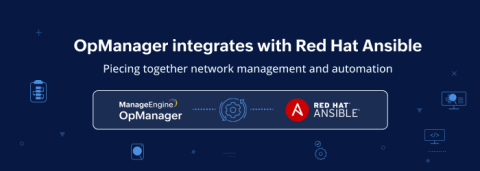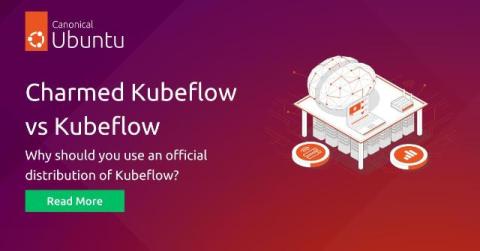The Biggest Benefits of Influencer Marketing in 2024
Influencer marketing has grown into one of the most effective strategies for businesses looking to expand their reach in the digital landscape. With the power of social media platforms continuing to rise, brands are partnering with influencers to create authentic and engaging content that resonates with their target audiences. As businesses plan their marketing strategies for 2024, influencer marketing remains a key focus for driving brand awareness, customer engagement, and sales growth.











